Hazards and Extreme Environments
The Earth’s most extreme environments have a lot to teach us about biophysical processes.
Research highlights
Ross Sea region soil-climate station network
Manaaki Whenua-Landcare Research, the University of Waikato, and the United States Department of Agriculture maintain a network of soil-climate stations in Antarctica.
Rutherford Fellowship: Adele Williamson
Discovering how bacteria replicate, repair and diversify their genomes in challenging environments.
Geology of the Pirongia volcano
A new geological map has been produced of Mt Pirongia.
Using penguin poo to measure contaminants in Antarctica
Exploring the role of penguins as vectors for contaminant transfer from the marine to terrestrial environment.
Explore more of our research highlights
Staff contributing to this research theme
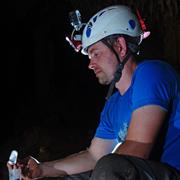
Associate Professor
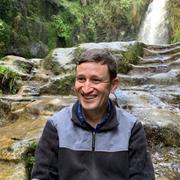
Senior Lecturer

Senior Lecturer

Co-Director of Environmental Research Institute
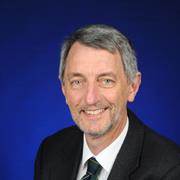
Professor
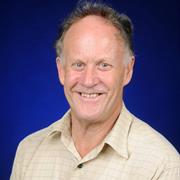
Research Associate

Honorary Professor

Associate Professor
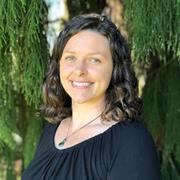
Research Fellow

Honorary Lecturer
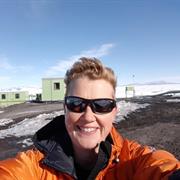
Senior Research Fellow
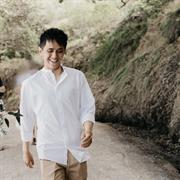
Senior Lecturer

Senior Lecturer